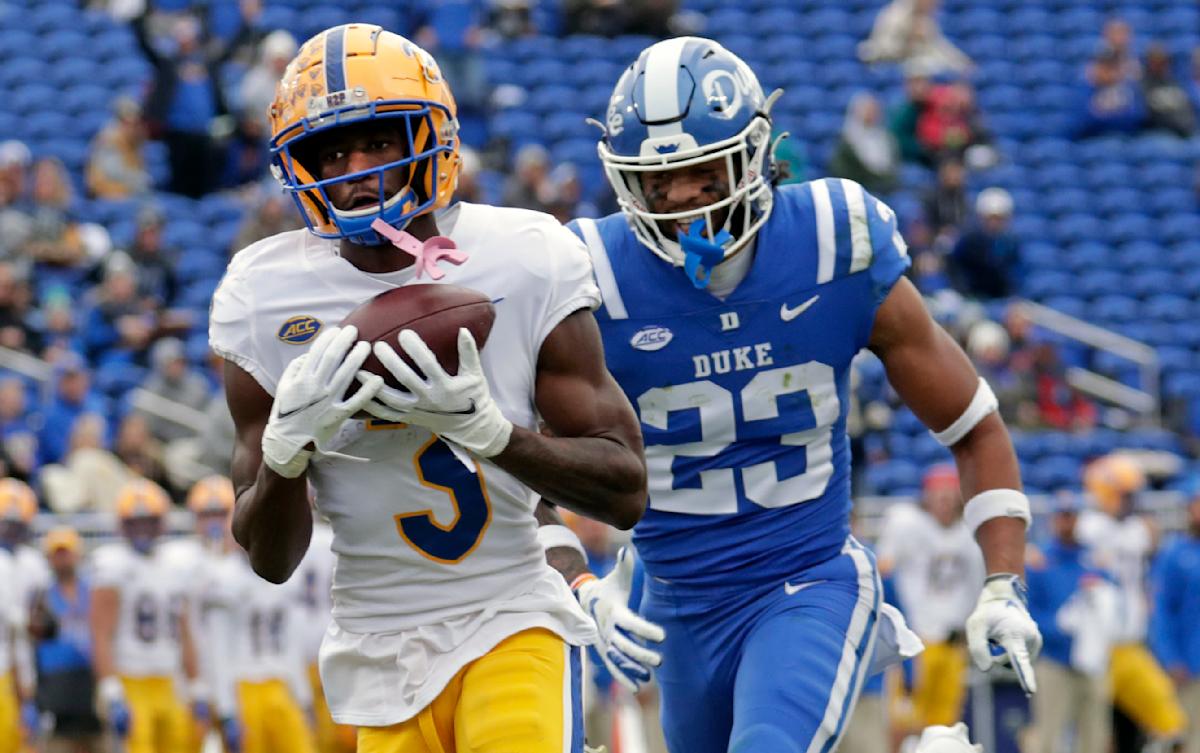College sports’ current issues with the transfer portal stem from an old adage: pigs get fat, hogs get slaughtered.
If you listen to some coaches and administrators right now, they are being slaughtered by players who can transfer a single time without having to sit out a season and, in turn, the boosters and coaches at opposing schools enticing them to move with promises of money and playing time.
Whether this proves to be a real problem — or just a lot of howling in the face of change — remains to be seen.
It was just 13 months ago the NCAA passed the so-called “one-time transfer rule” which no longer required athletes to have to sit out one season of competition if they moved schools. The players and their families love it. Coaches don’t.
Perhaps this will adversely impact competitive balance. Perhaps not. Caution and context aren’t very popular these days, but they still exist. Either way, it is understandable for any sport — or any business — to wish for roster stability.
But this is something for which college athletics has mostly itself to blame.
“This should have been handled a long time ago,” one major conference athletic director said.
After decades of employing a transfer policy that was outrageously tilted toward the coach and the school, the NCAA (at least in the hindsight eyes of those coaches and schools) overcompensated and passed the current rules where the player has almost complete freedom of movement.
School boosters — whom at least some schools refuse to police — have used that to create something akin to free agency, stocking rosters on the fly.
However, the entire need for a transfer portal, let alone reform of the transfer process, came because coaches previously had the power to choose which schools they wanted to grant a release to so the player could transfer.
Without the release, the player could not receive a scholarship, let alone room, board, books and other expenditures. They’d have to pay their own way, a blacklisting that hurt only players from financially needy situations (a rich kid could afford to transfer).
Some coaches used it as a punitive measure. Some blacklisted teams on upcoming schedules. Others entire conferences, states or any other program they didn’t like. There didn’t need to be a reason.
As recently as 2018, the University of Miami backup quarterback Evan Shirreffs wanted to transfer. He had already earned an undergraduate degree and wanted to use a final year of eligibility to get an MBA elsewhere. The U listed 18 schools it wouldn’t release him to attend.
In 2009, Miami did the same to quarterback Robert Marve, refusing a release to any school in the state of Florida or any program in either the ACC or SEC, a total of 27. About the same time, Oklahoma State wouldn’t release quarterback Wes Lunt from moving on to 38 different schools — the entire SEC, Big 12 and Pac-12, plus two other schools, including future opponent Central Michigan.
This was small and mean-spirited. It’s also how the NCAA has always operated. The coaches and administrators knew everything and the players had no rights or even consideration.
With each abuse, college sports lost the support of the public, politicians and judges. Its behavior became impossible to defend. And not just the coaches, many of whom, such as Oklahoma State coach Mike Gundy, are still employed. It extends to the athletic directors and conference commissioners who sat by and watched it all happen.
Then there was the unique application of the rules. The lost season of eligibility applied to only football, men’s and women’s basketball, baseball and ice hockey … also known as the five most lucrative sports (exponentially so for football).
What was good for the lacrosse player wasn’t good for the basketball player.
Some athletes began petitioning the NCAA for a waiver from the lost season — they were usually armed with a compelling case that won over media and public sympathy, such as a sick mother back home.
Whatever it was, the NCAA began bending here or there until a flood of requests came in — just about everyone can drum up a sick relative of some sorts. It became so challenging to determine what was real and what wasn’t — did the NCAA have the right to access medical records? — that it just gave up.
Now everyone can transfer.
And now everyone — or at least coaches and administrators — is complaining.
The smart move for the NCAA is to redo the policy and make every athlete in every sport have to sit out one year.
Receiving an extra year of college — including free tuition, room, board, stipend, training, coaching and so on — is an opportunity, not a punishment. It may not be the best for the players, but it is a decent compromise for players. It would also slow the interest in transferring and curb tampering from boosters or rival coaches because there wouldn’t be an immediate return on investment.
Things would be a lot smoother. So why not do it?
“Litigation,” said one SEC athletic director.
“We’ll get sued,” said another.
And, at this point, an NCAA reversal likely would be used against it as Exhibit A in any lawsuit. Just another day of college sports trying to set a course for its future while dragged down by its slaughtering past.
